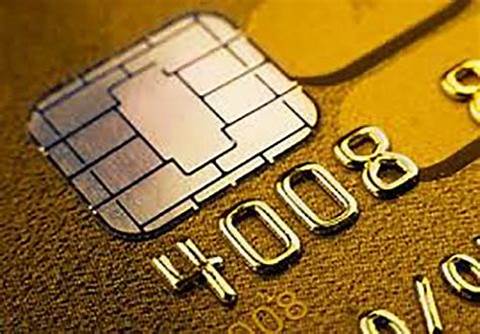In an era of increasing digital transactions, the debit card chip has emerged as a vital component in revolutionizing the way we make payments. This small, embedded microchip on debit cards brings added security and convenience to our financial transactions. In this article, we will explore the debit card chip, its functionality, benefits, and its impact on enhancing the safety and efficiency of electronic payments.
Contents
Understanding the Debit Card Chip
The debit card chip, also known as an EMV (Europay, Mastercard, and Visa) chip, is a small microchip embedded within debit cards. Unlike traditional magnetic stripe cards, which store static information, the chip generates a unique transaction code for each payment, making it significantly more secure against fraud and counterfeiting attempts.
Enhanced Security
The primary objective of the debit card chip is to enhance security in digital transactions. The chip provides dynamic data encryption, making it difficult for fraudsters to replicate card information or clone cards. This significantly reduces the risk of unauthorized access to cardholder data and helps protect against counterfeit card fraud.
Transaction Process
When making a payment with a debit card chip, the process typically involves inserting the card into a card reader or terminal. The chip interacts with the reader, establishing a secure connection to authorize the transaction. The card remains in the reader until the transaction is completed, adding an extra layer of security compared to magnetic stripe cards, which require only a swipe.
Global Acceptance
Debit card chips have gained widespread acceptance globally, as they offer increased security and compatibility with international payment standards. Many countries, especially those in Europe, have transitioned to EMV technology, making it easier and more secure for travelers to make payments abroad using their debit cards.
Contactless and Mobile Payments
Debit card chips have evolved to support contactless payment methods, enabling users to complete transactions by simply tapping their card on a contactless-enabled payment terminal. This functionality provides a convenient and quick payment experience, reducing the need for physical contact with the terminal. Additionally, debit card chips can be integrated with mobile payment platforms, allowing users to make payments using their smartphones or wearable devices.
Protection Against Fraud
Debit card chips have played a significant role in reducing card-present fraud, where stolen card data is used to create counterfeit cards. The dynamic transaction codes generated by the chip make it extremely difficult for fraudsters to replicate card information, thwarting their attempts to use stolen data for unauthorized transactions. As a result, the debit card chip has helped mitigate the financial losses associated with card fraud for both individuals and financial institutions.
Transitioning to Debit Card Chips
As part of the transition to greater card security, many financial institutions have issued debit cards with embedded chips to their customers. To encourage adoption, merchants and businesses have also upgraded their payment terminals to accept chip-enabled cards. The increased usage of debit card chips is a positive step toward a more secure payment ecosystem.
The c mobile payment platforms have made digital transactions safer and more efficient. As the adoption of debit card chips continues to expand globally, individuals and businesses can enjoy increased peace of mind, knowing that their financial transactions are more secure than ever before.





